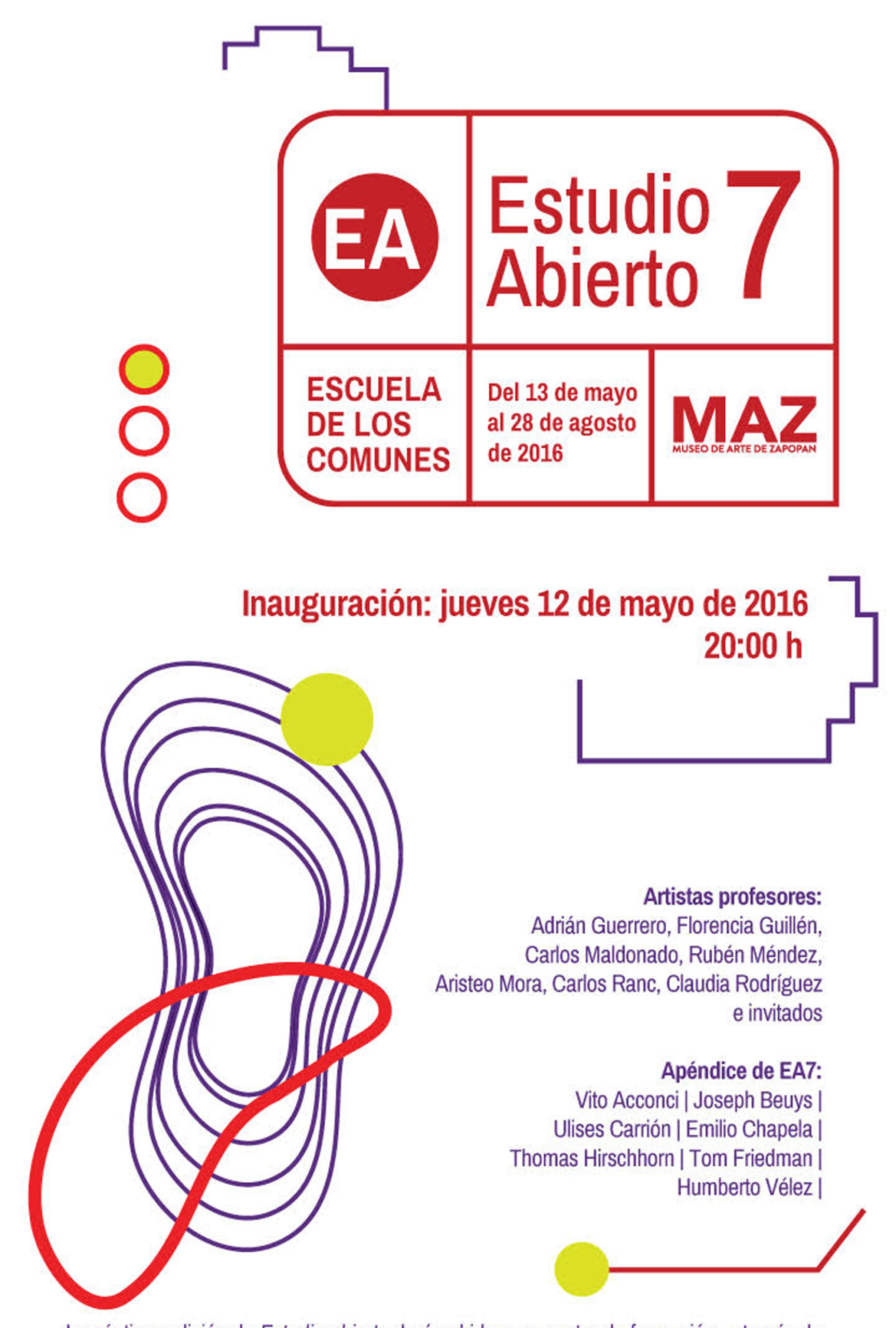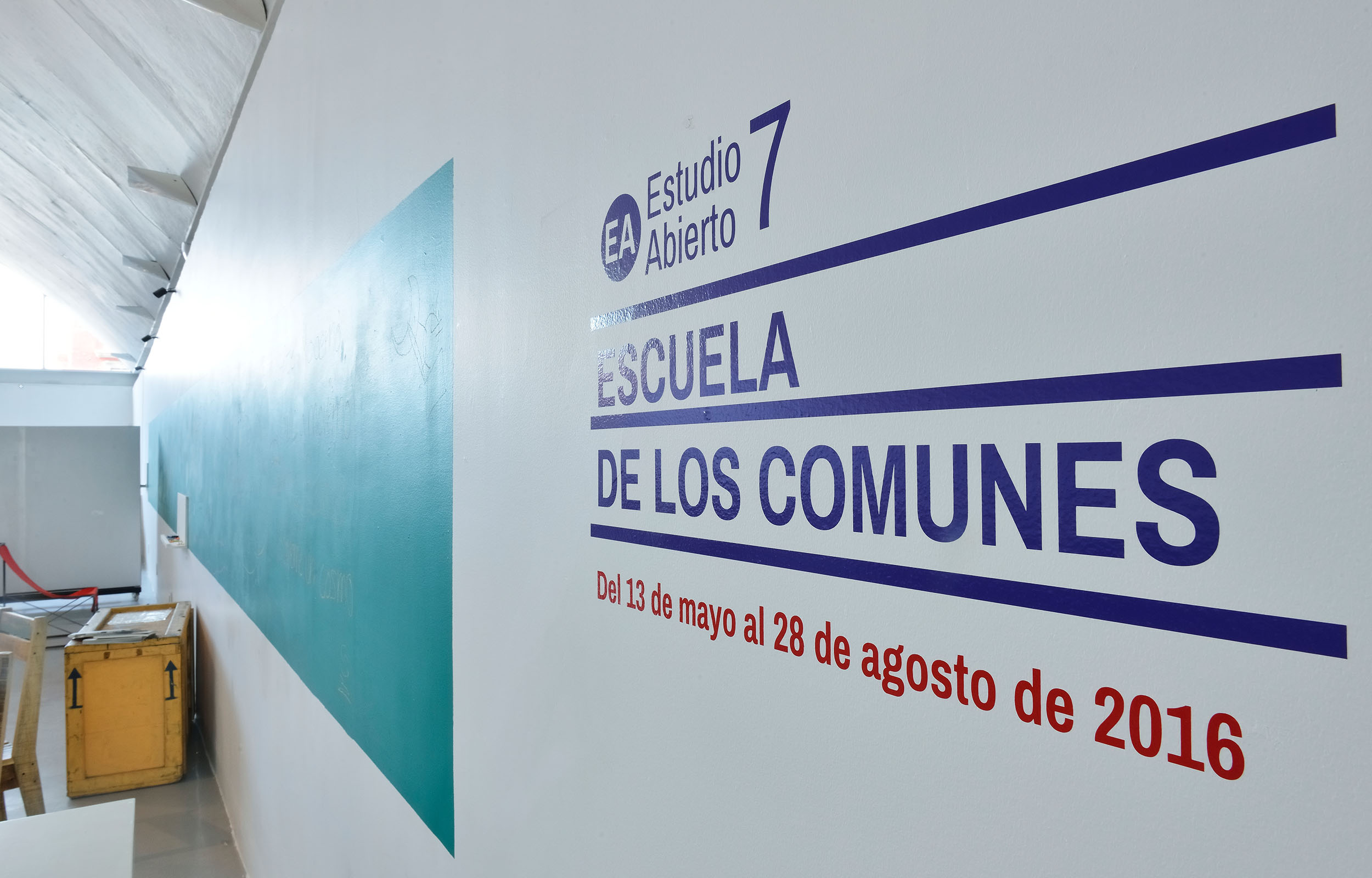
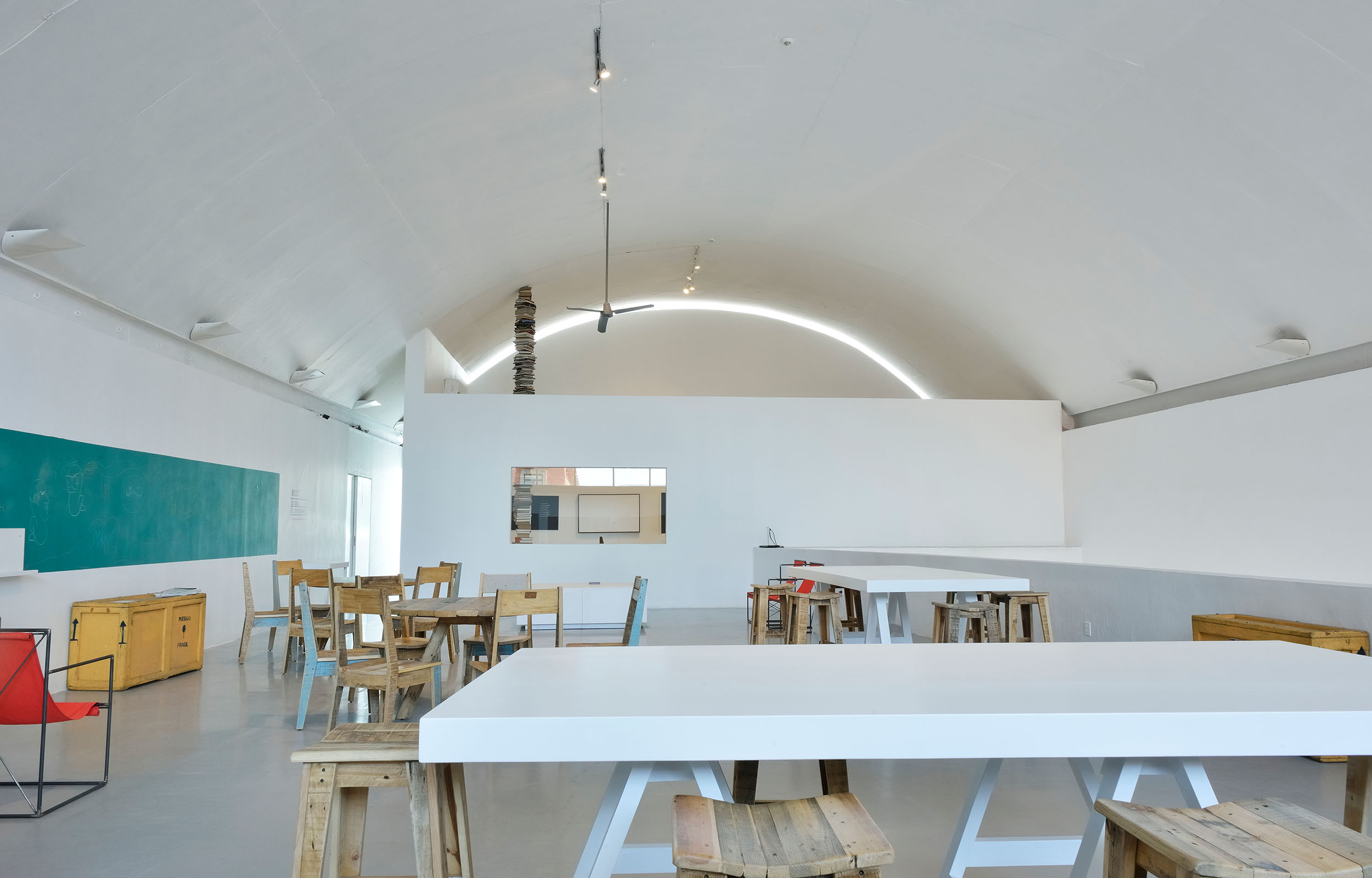
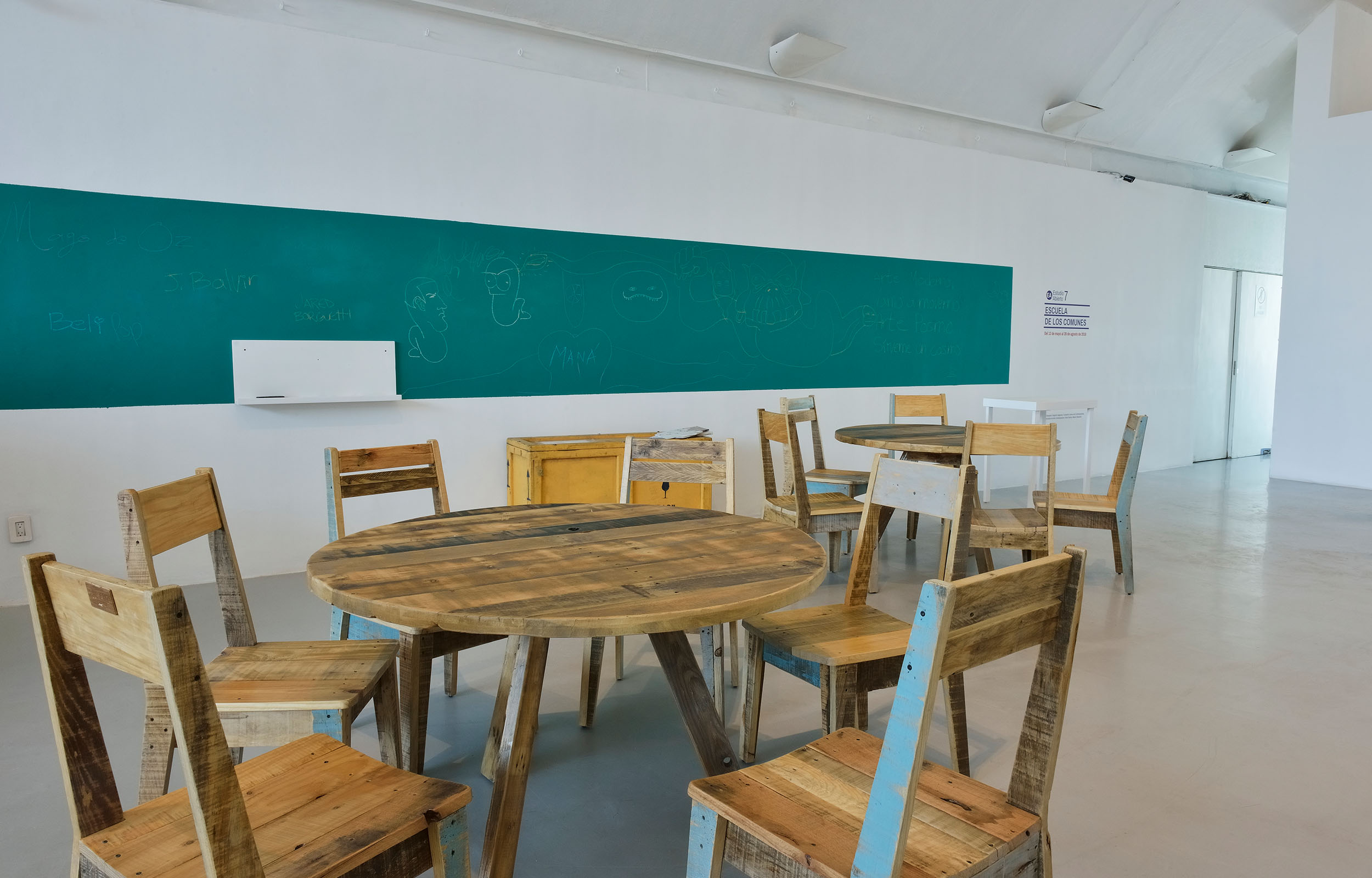
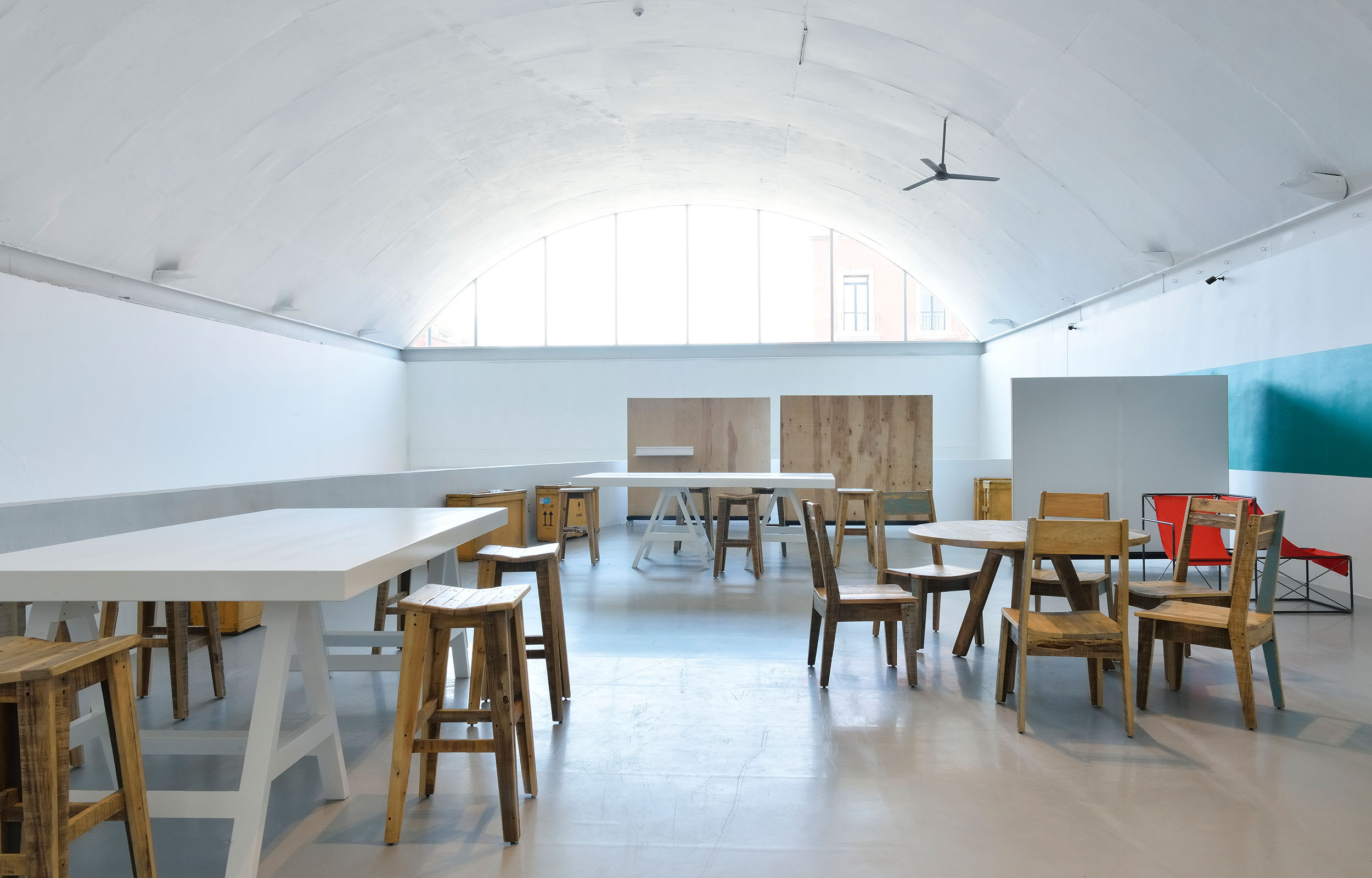
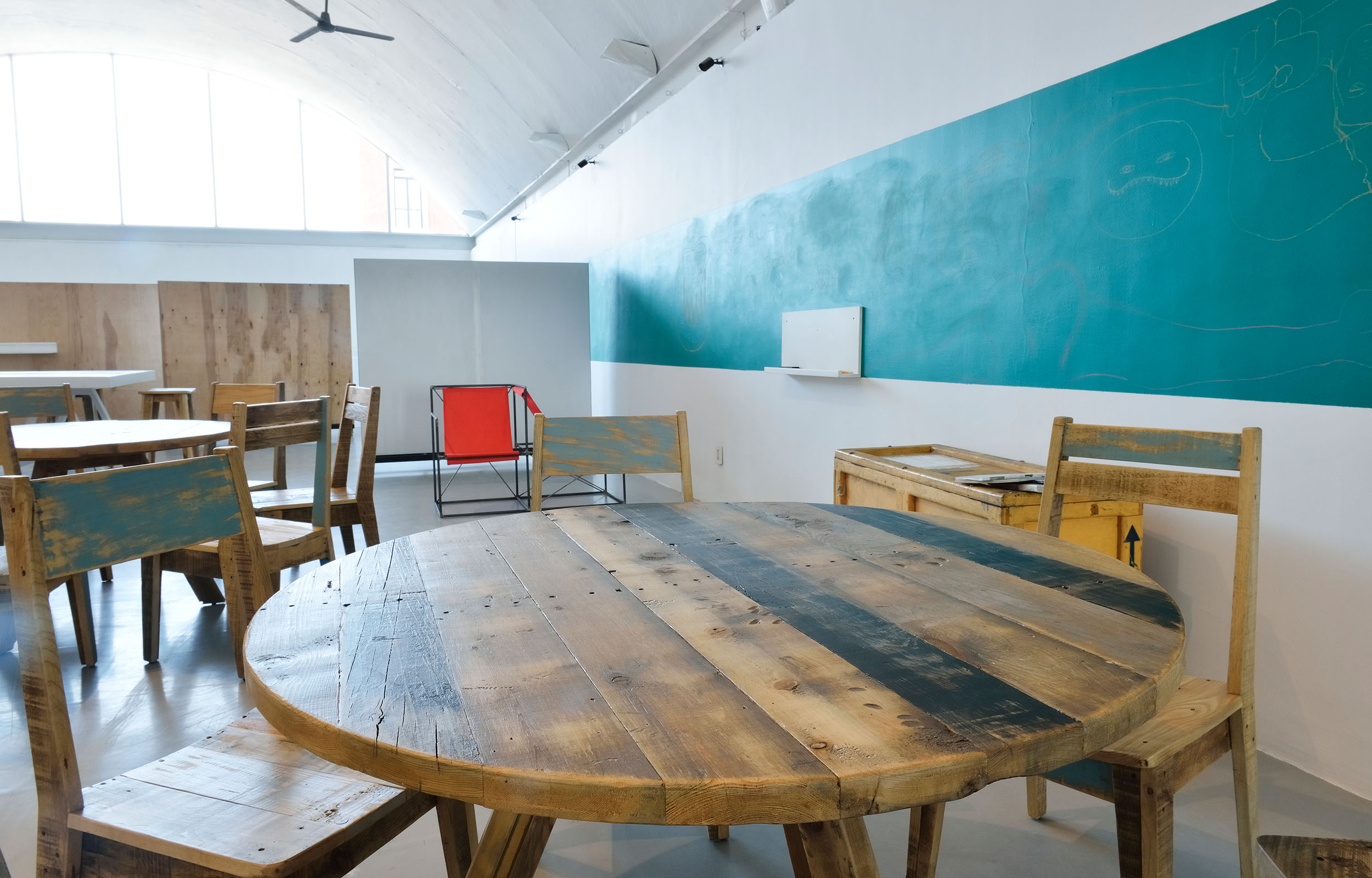
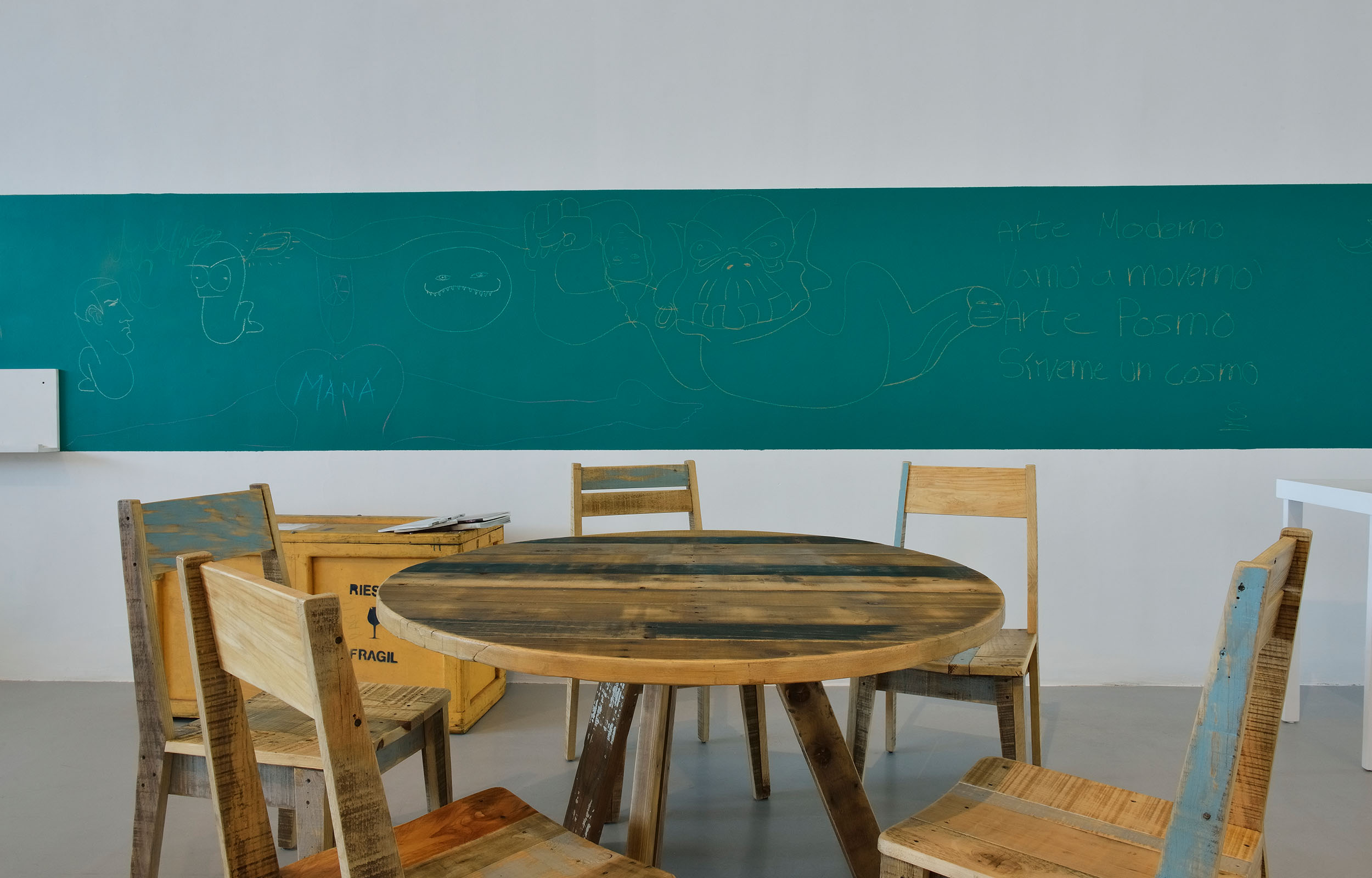
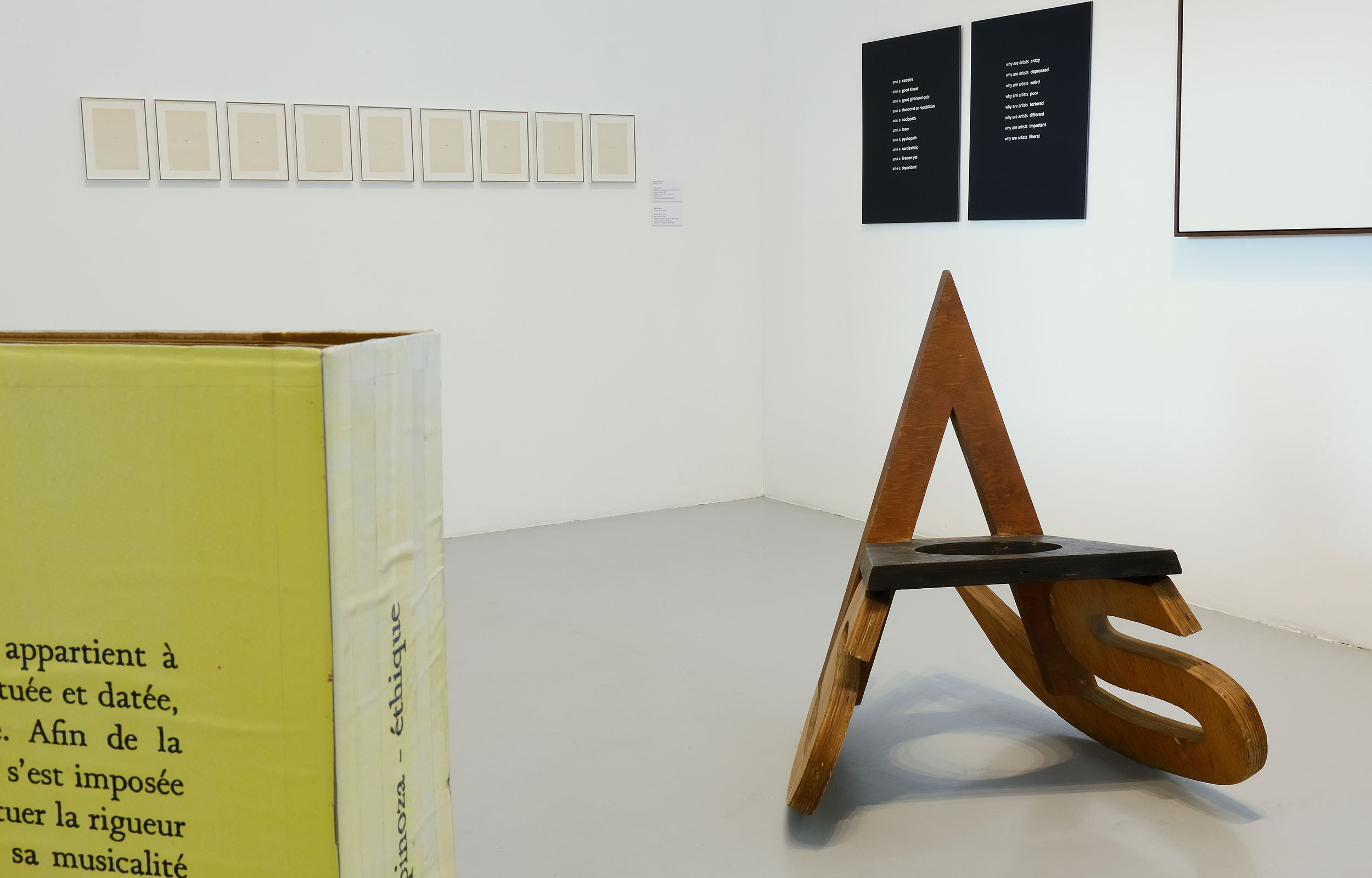
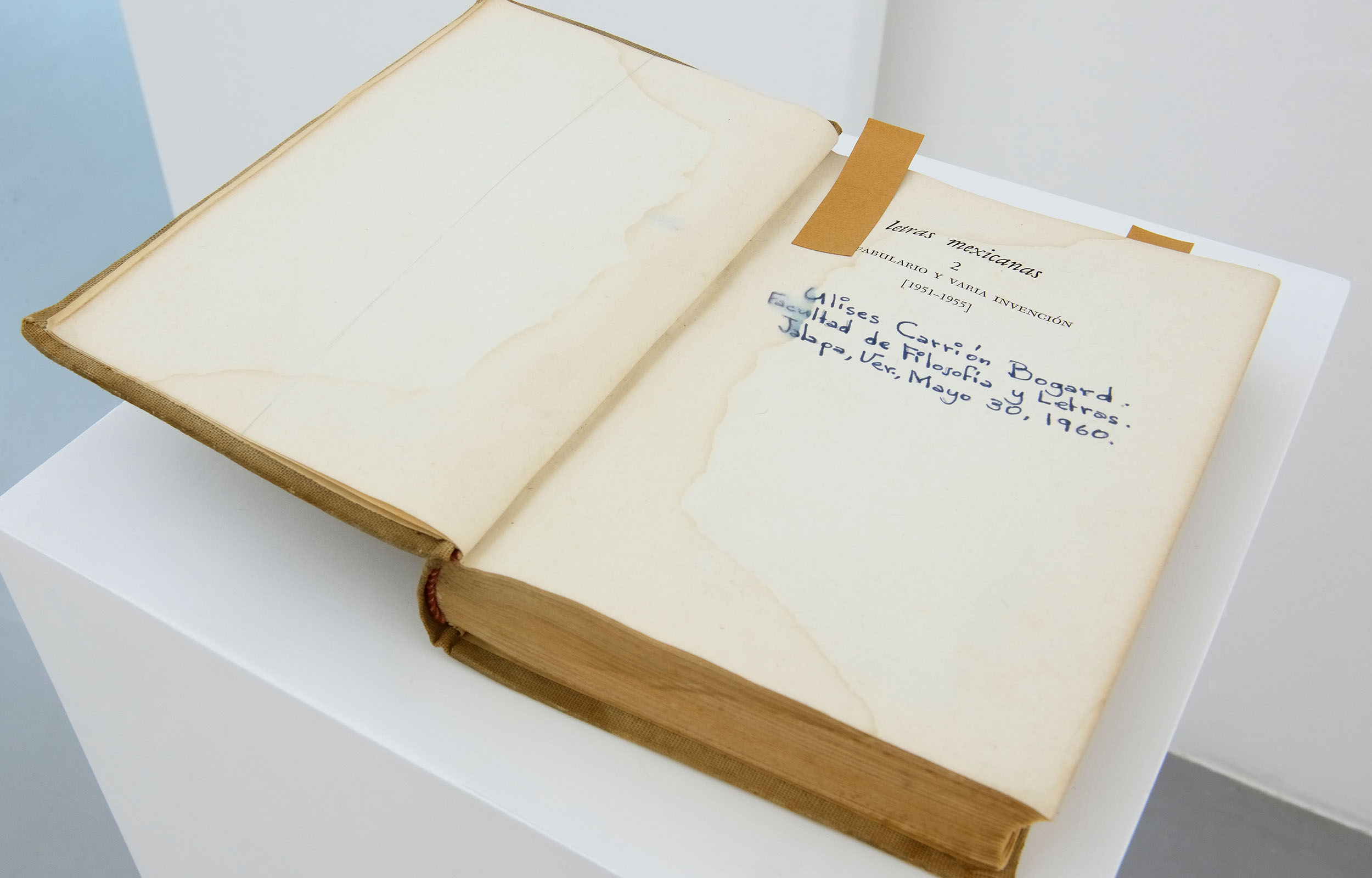
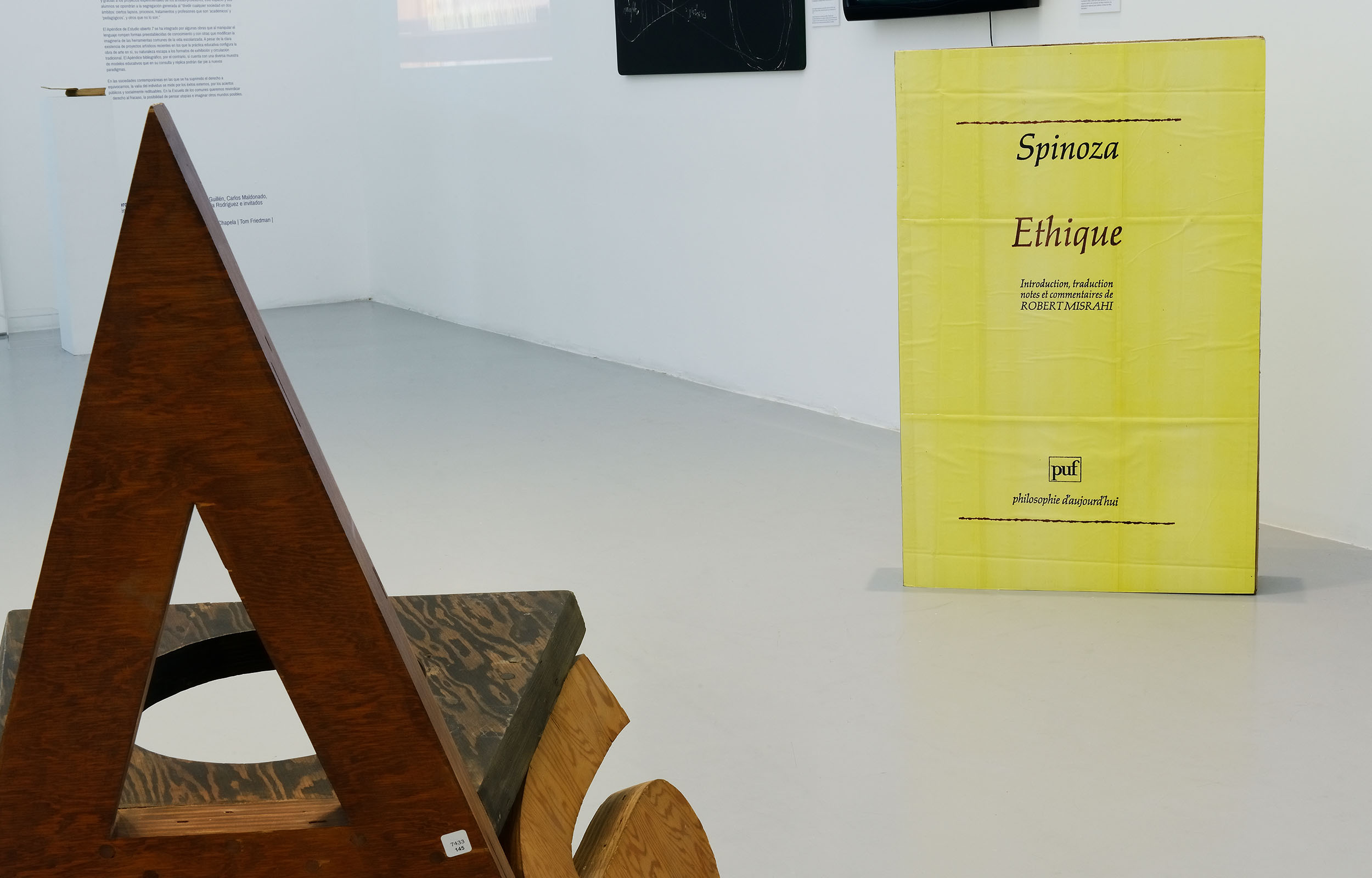
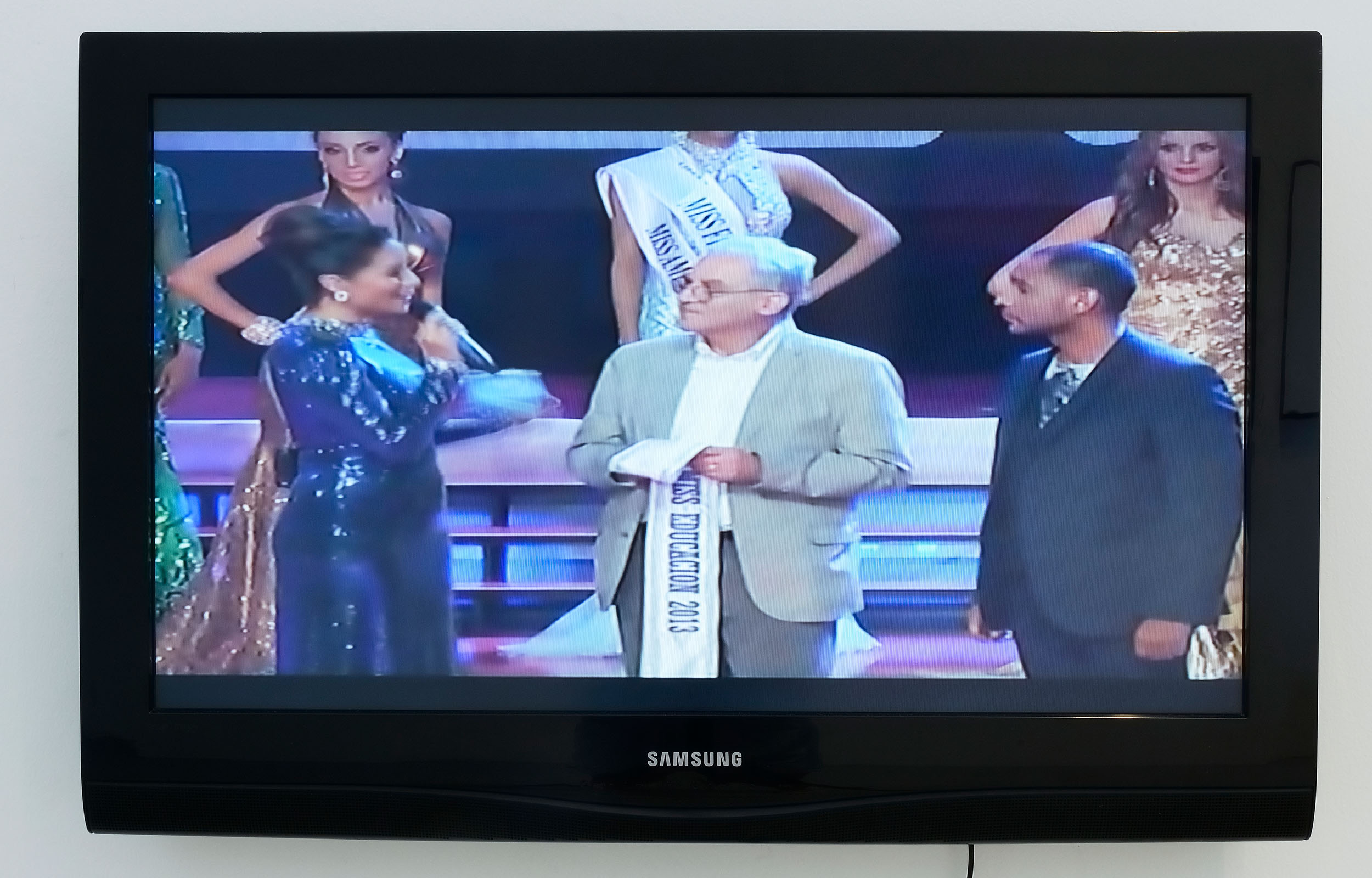
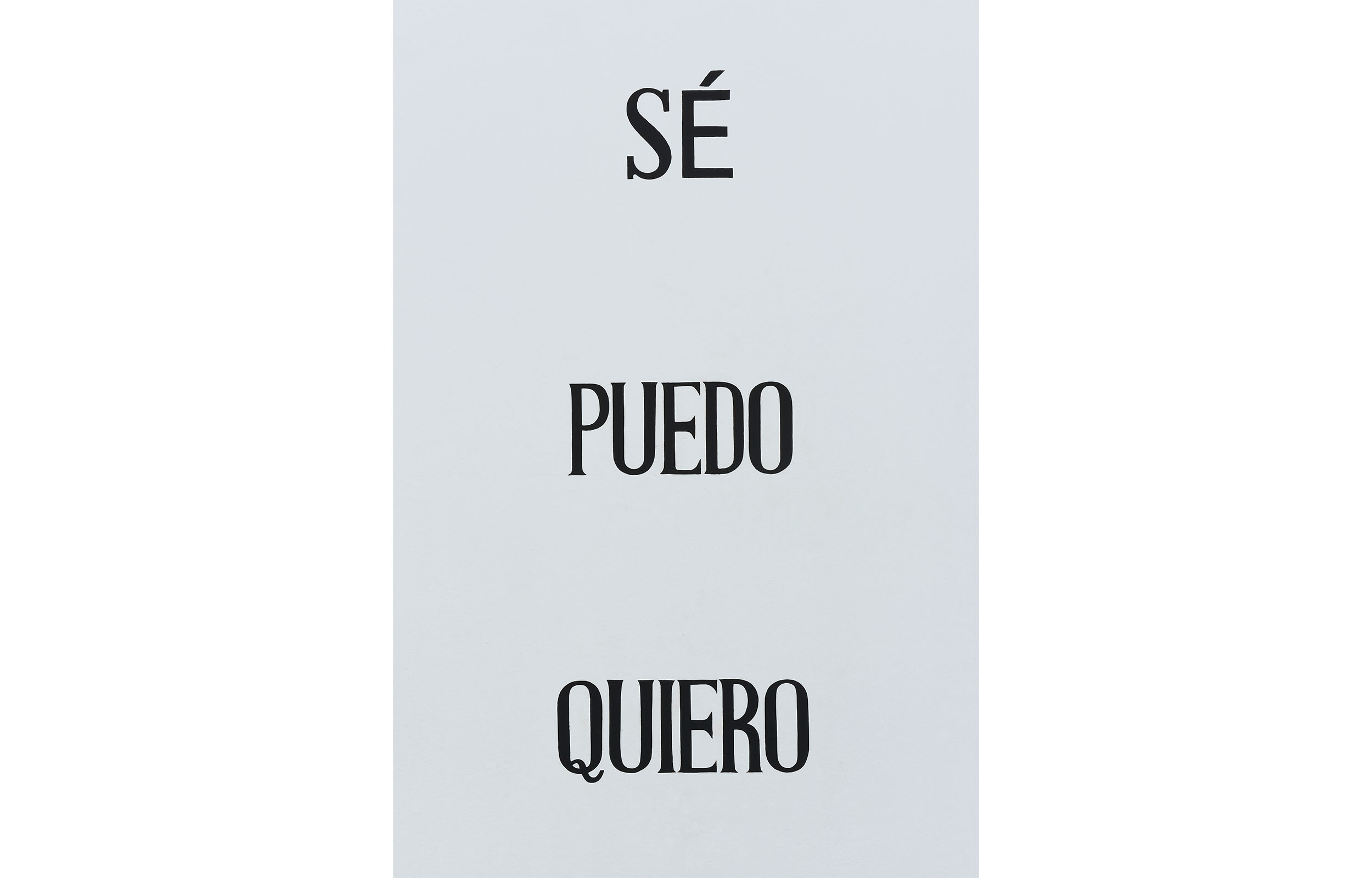
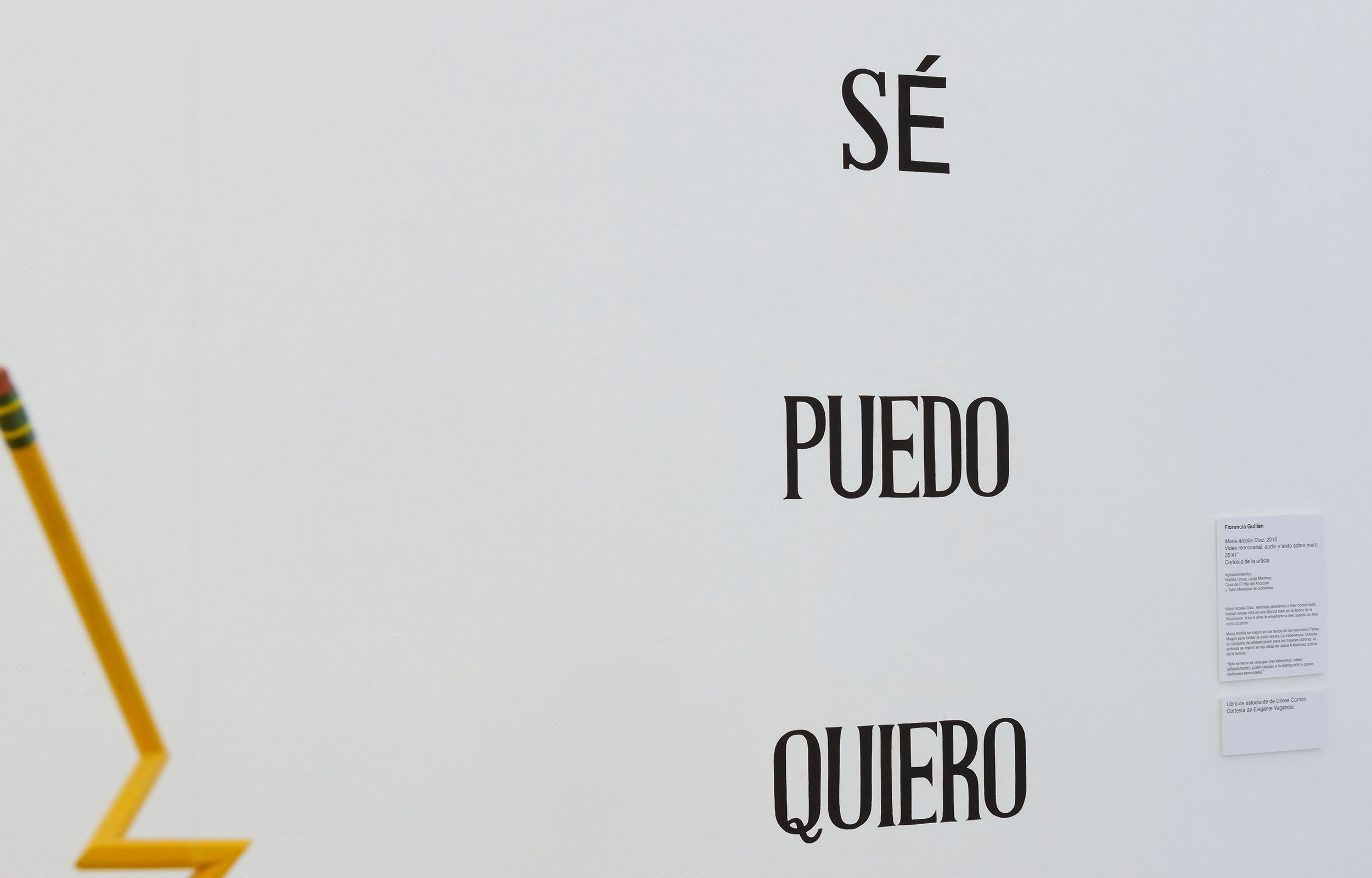
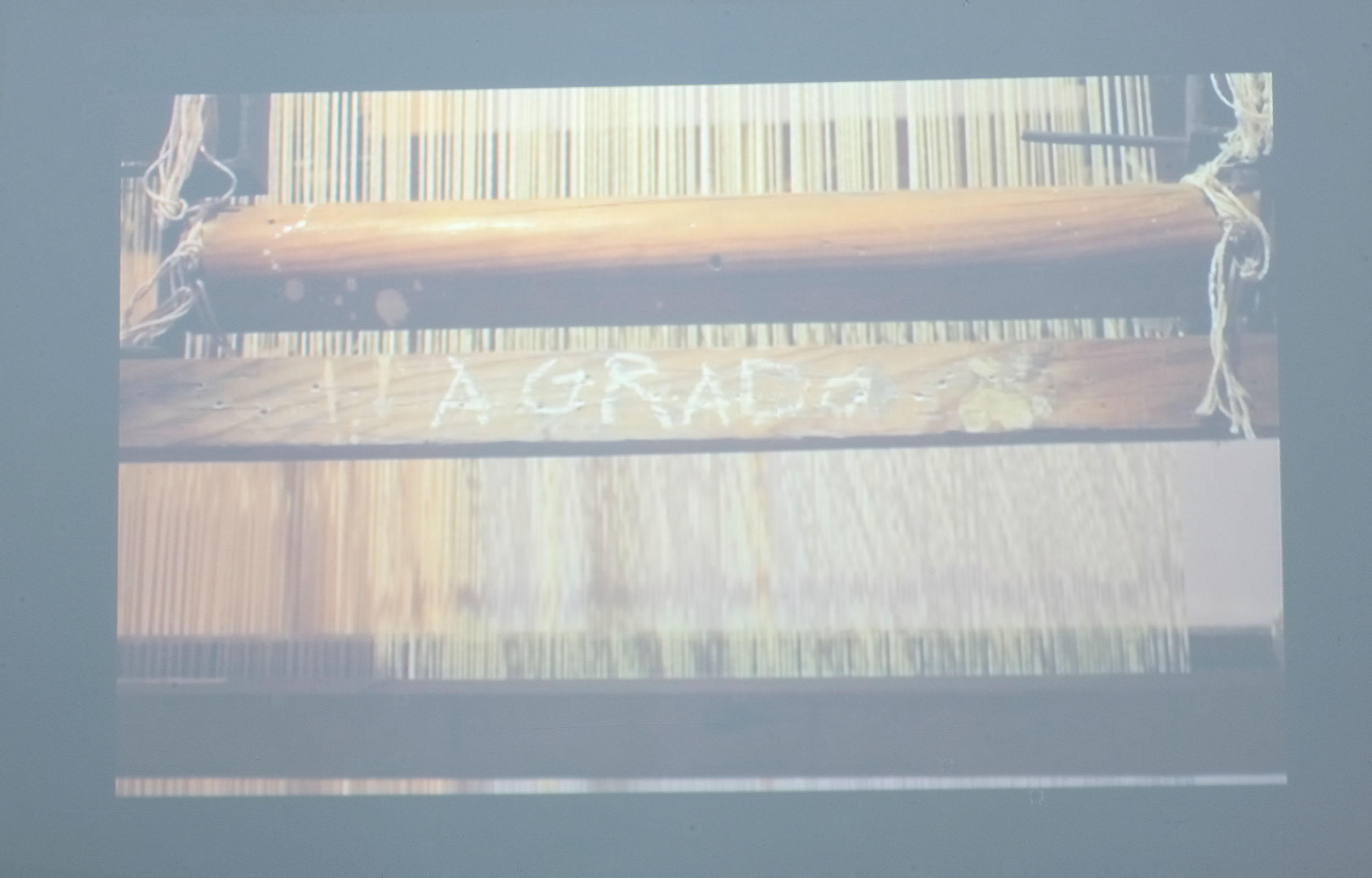
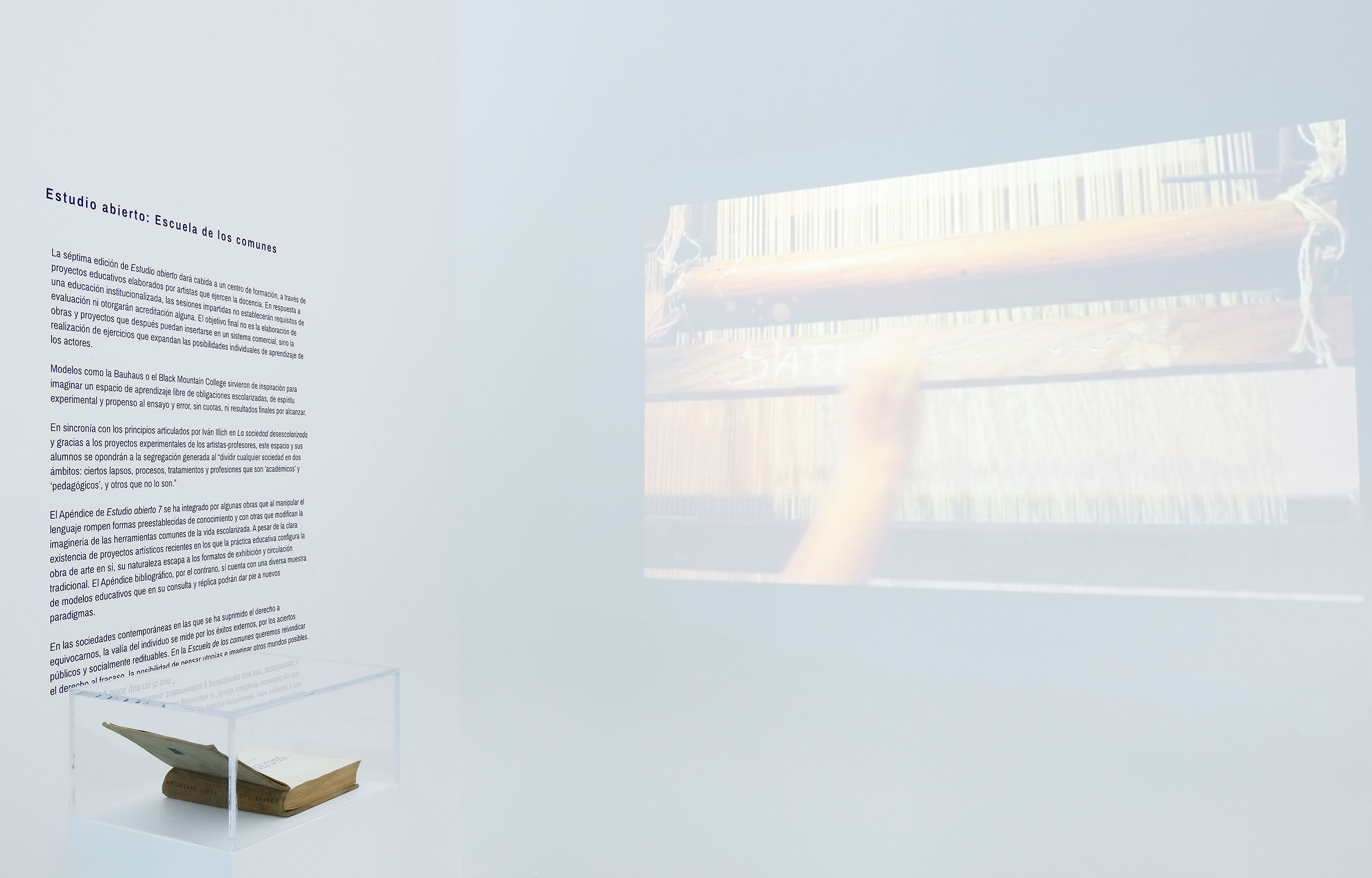
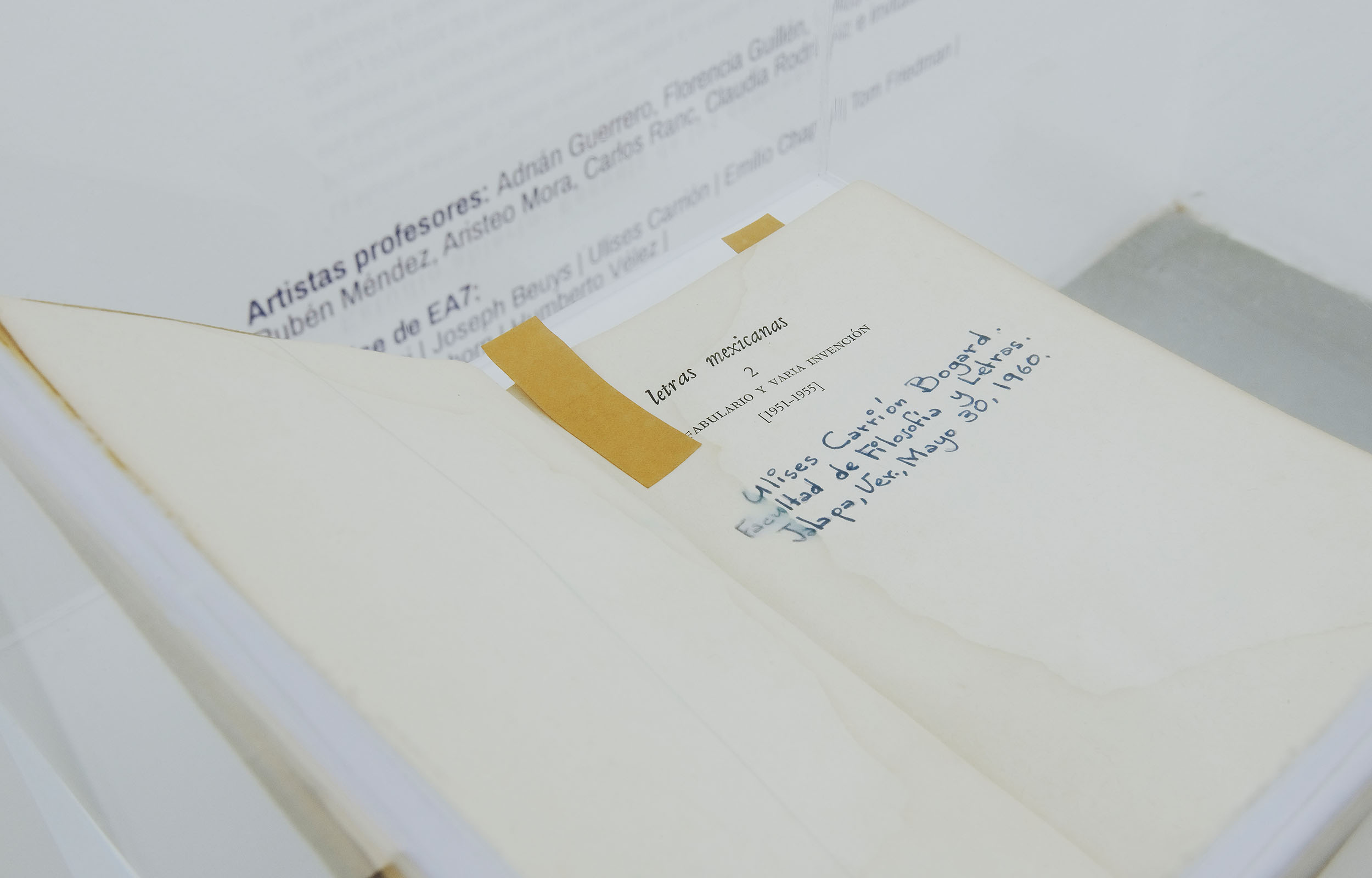
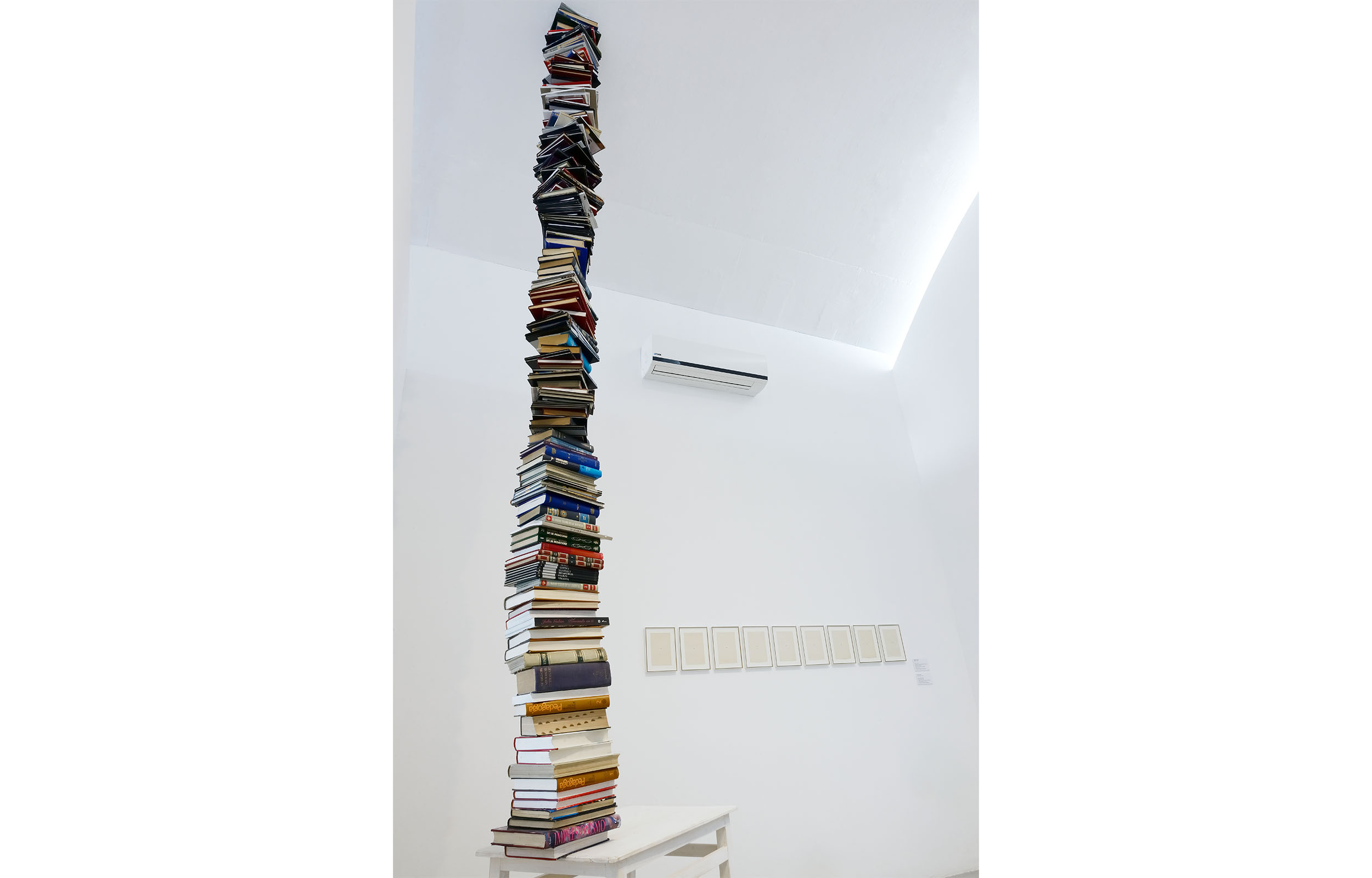
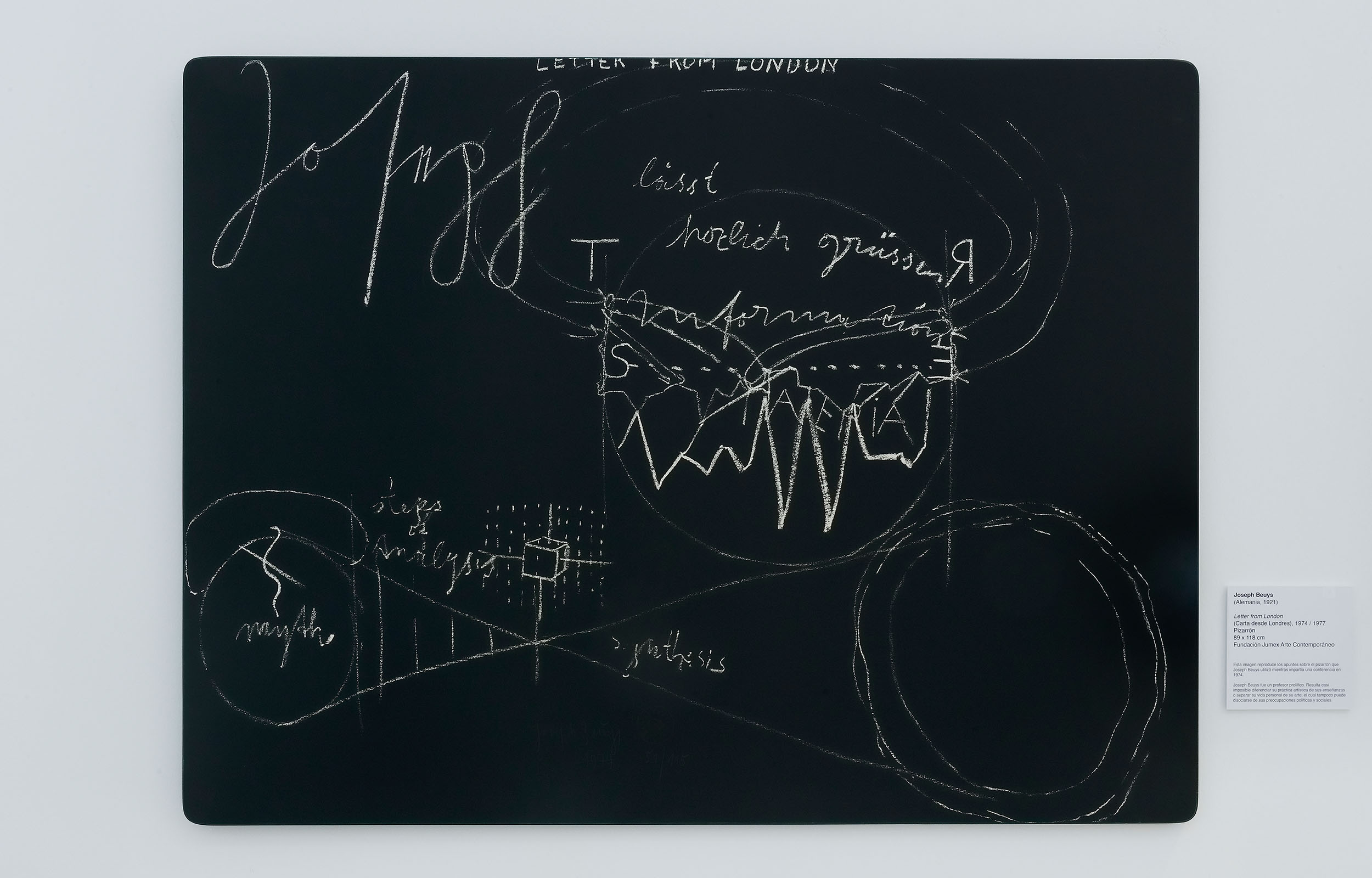
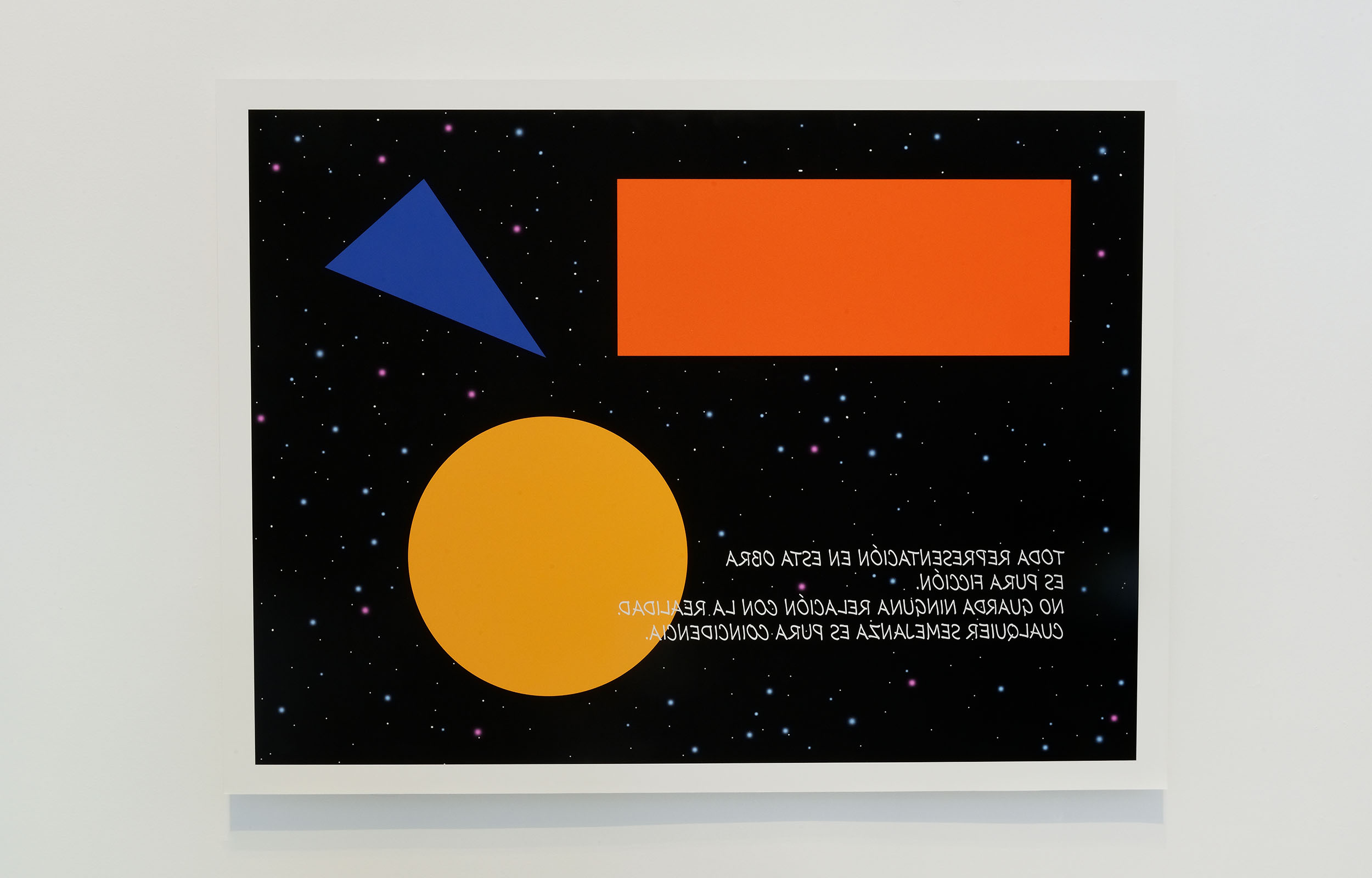
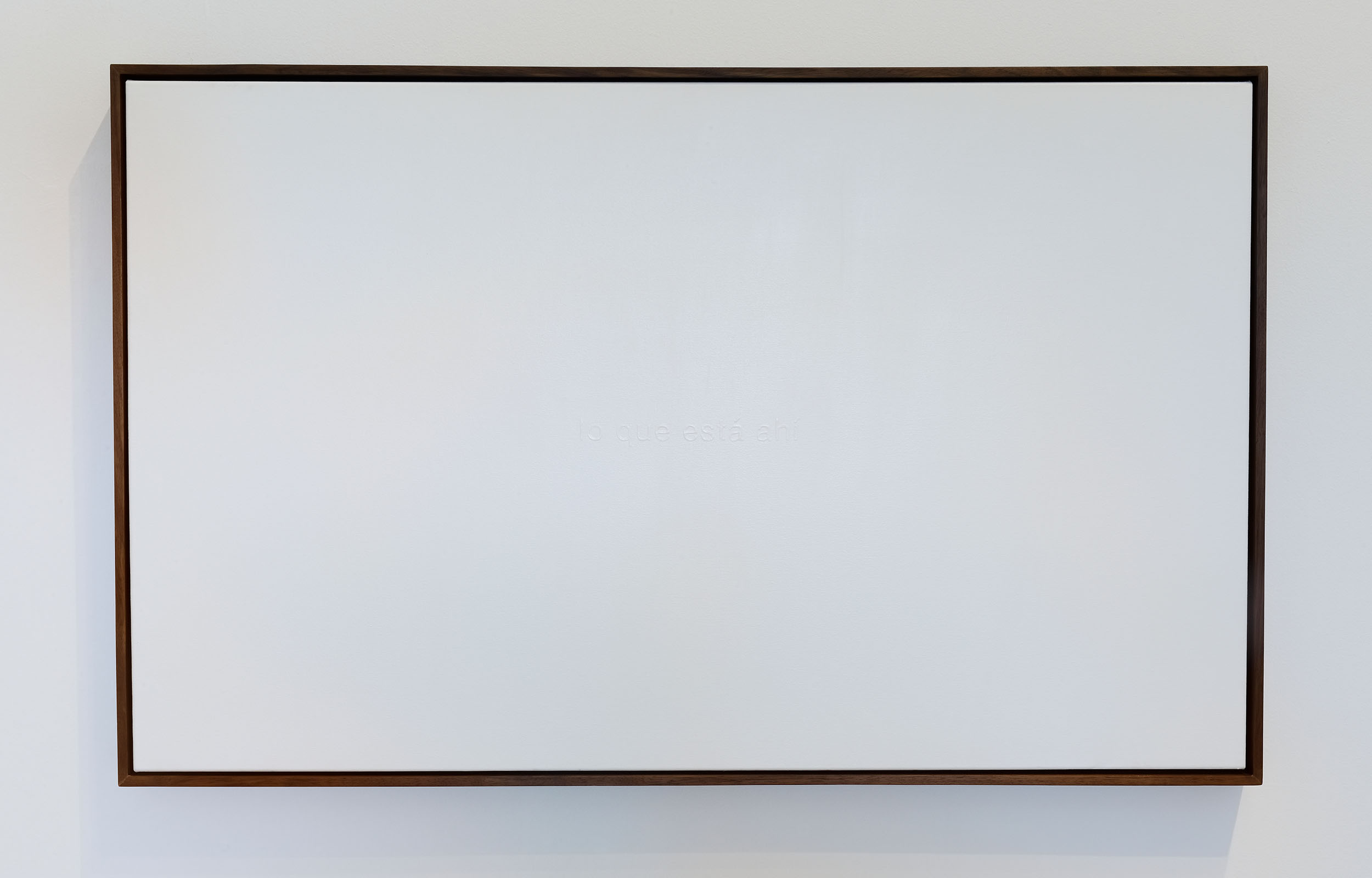
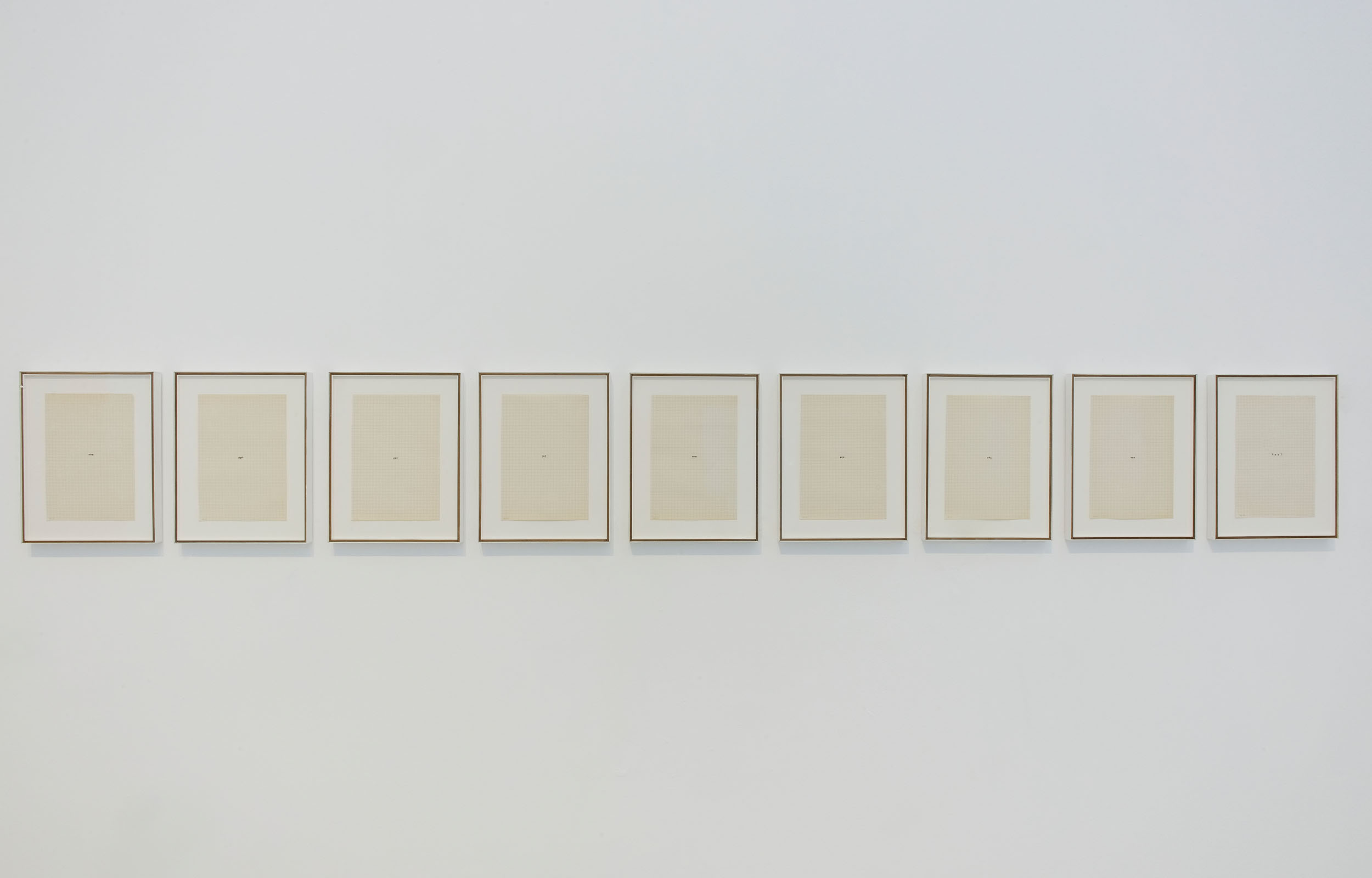
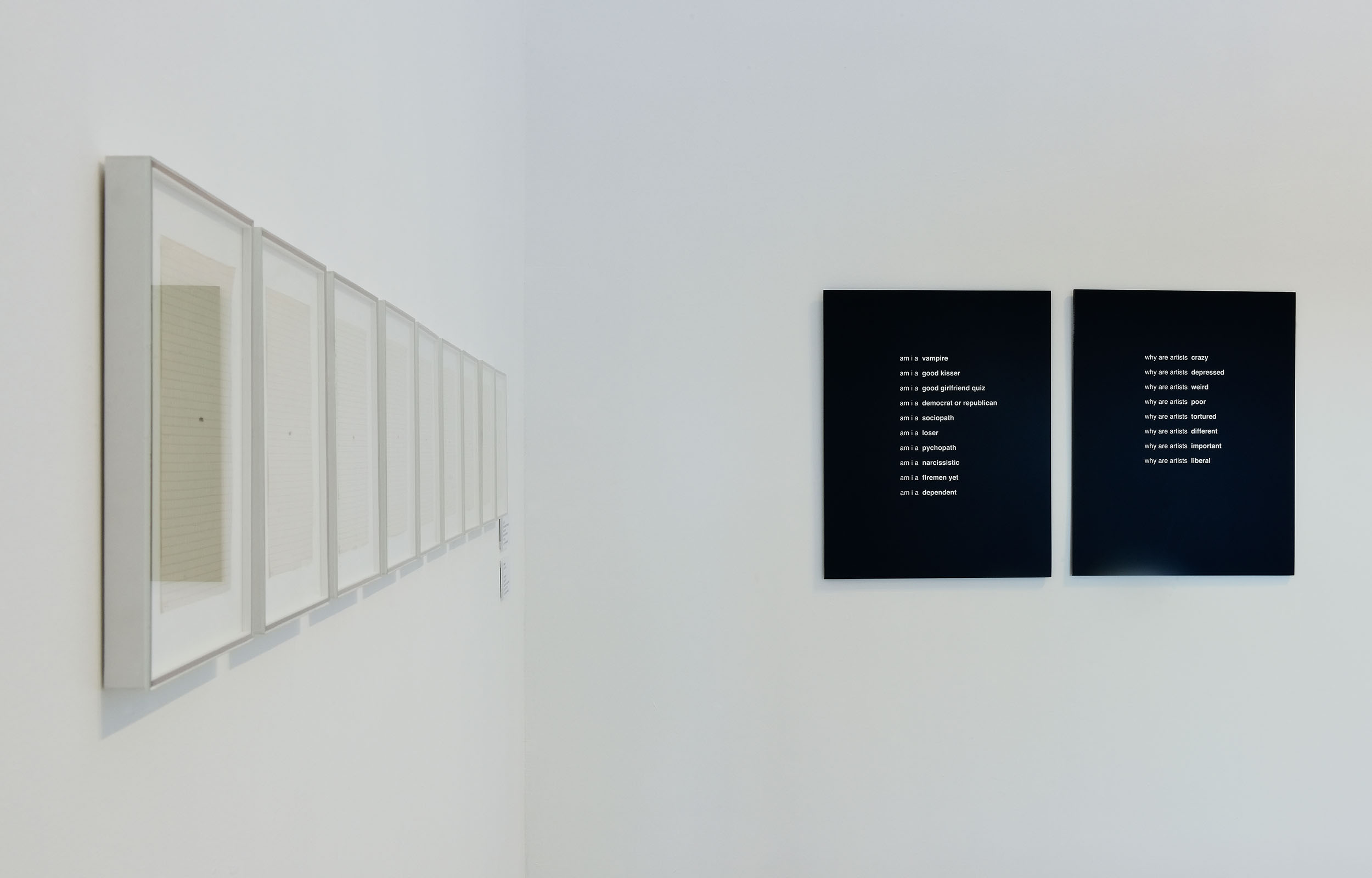
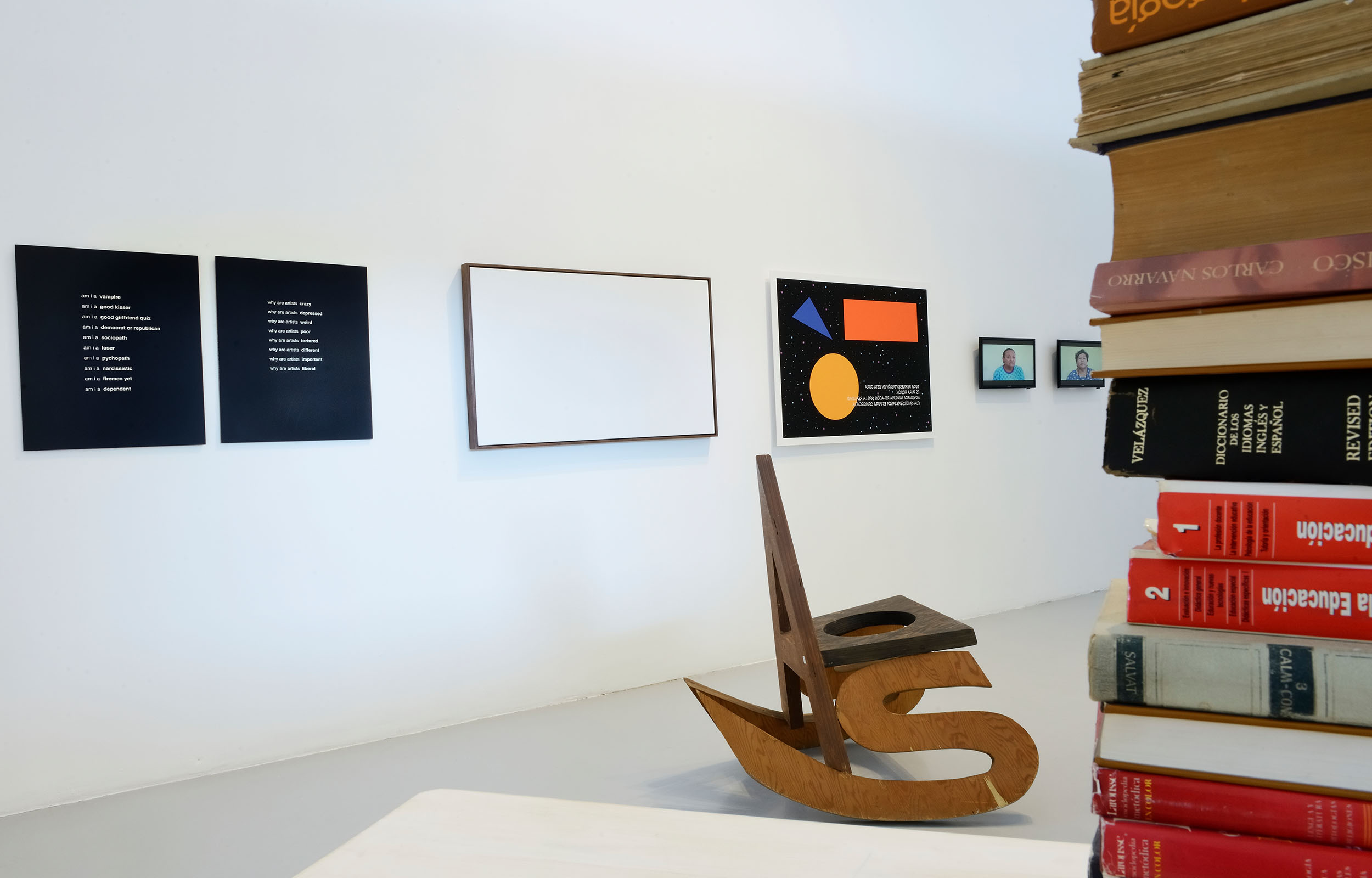
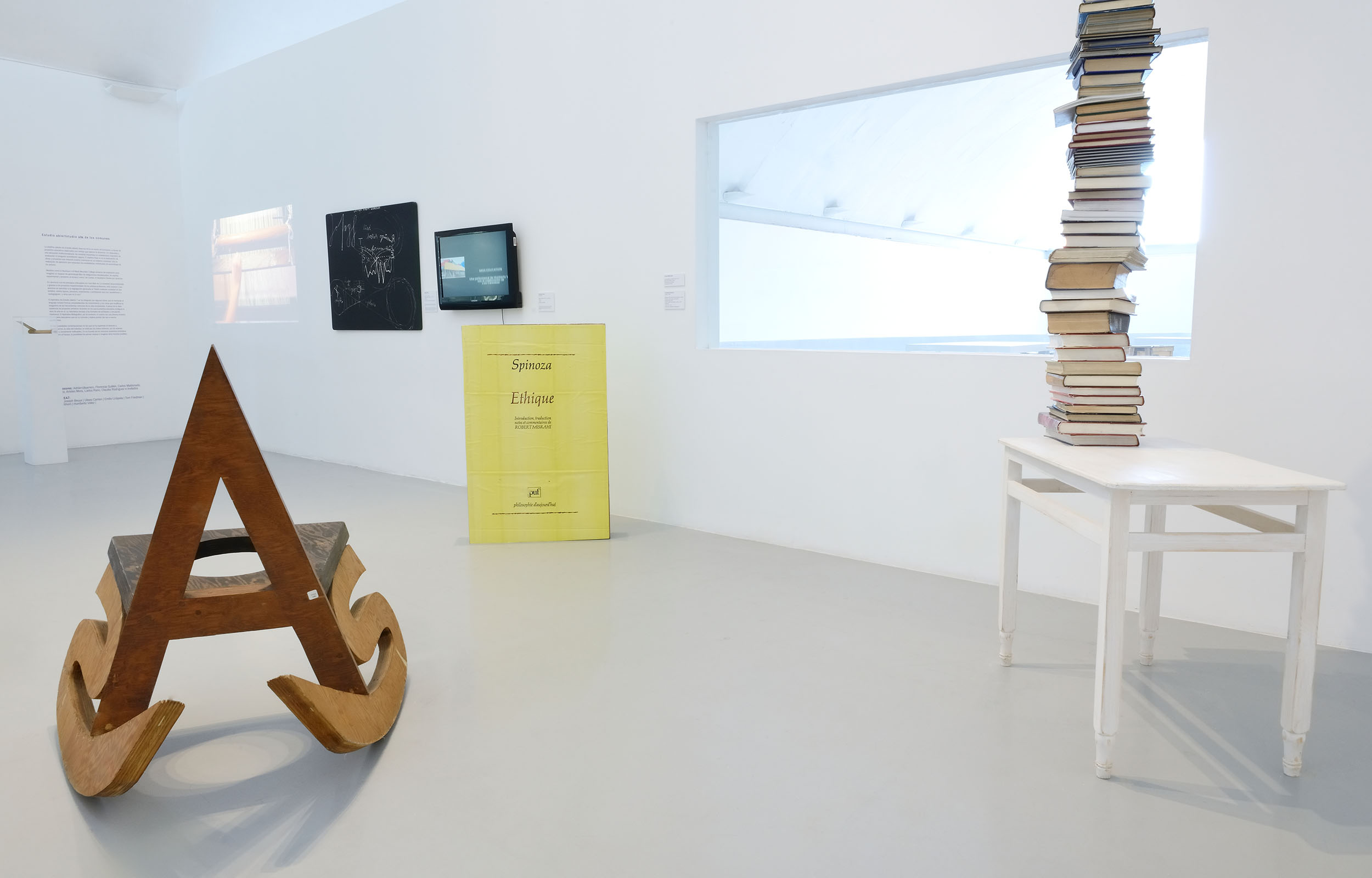
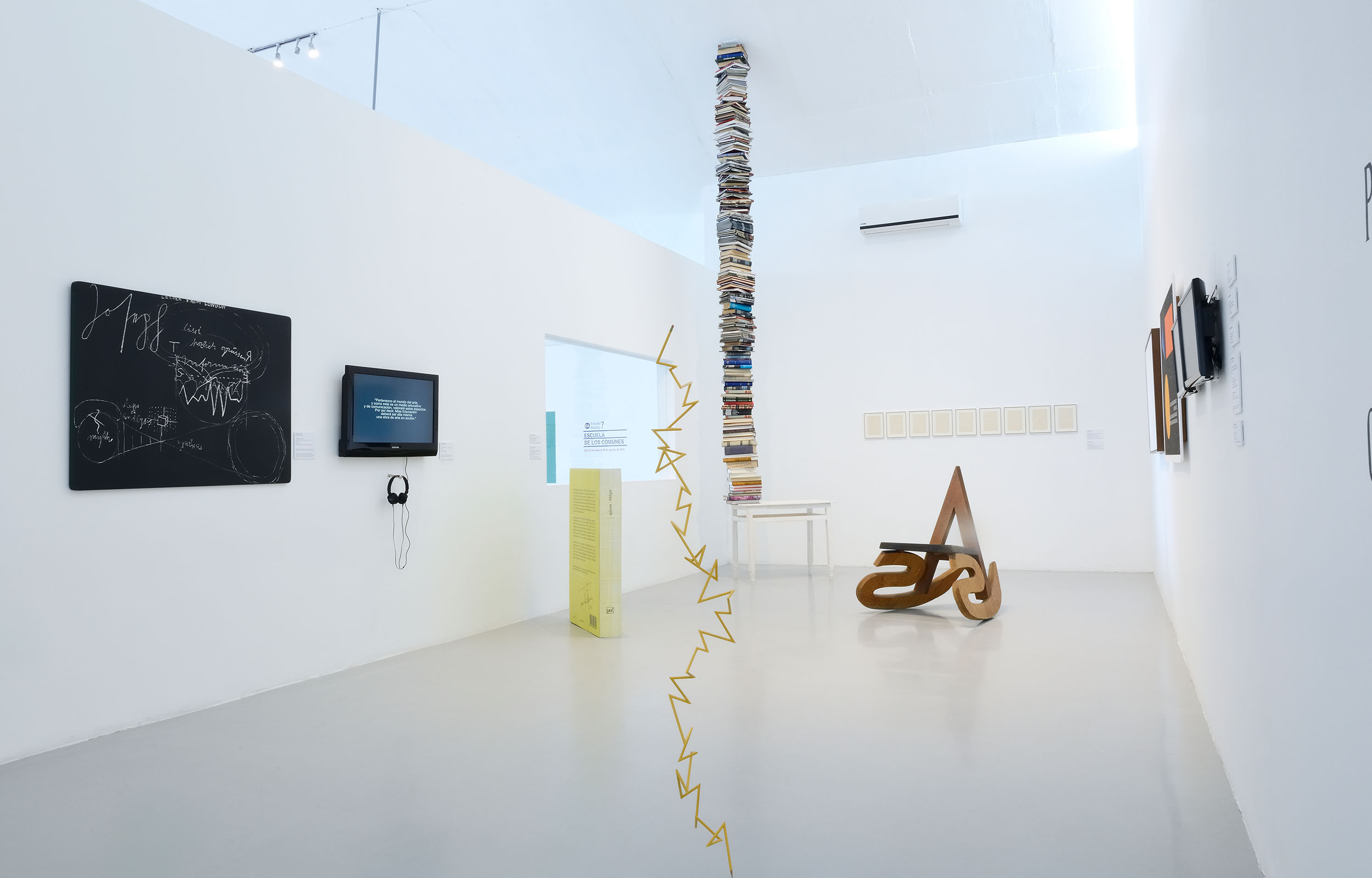
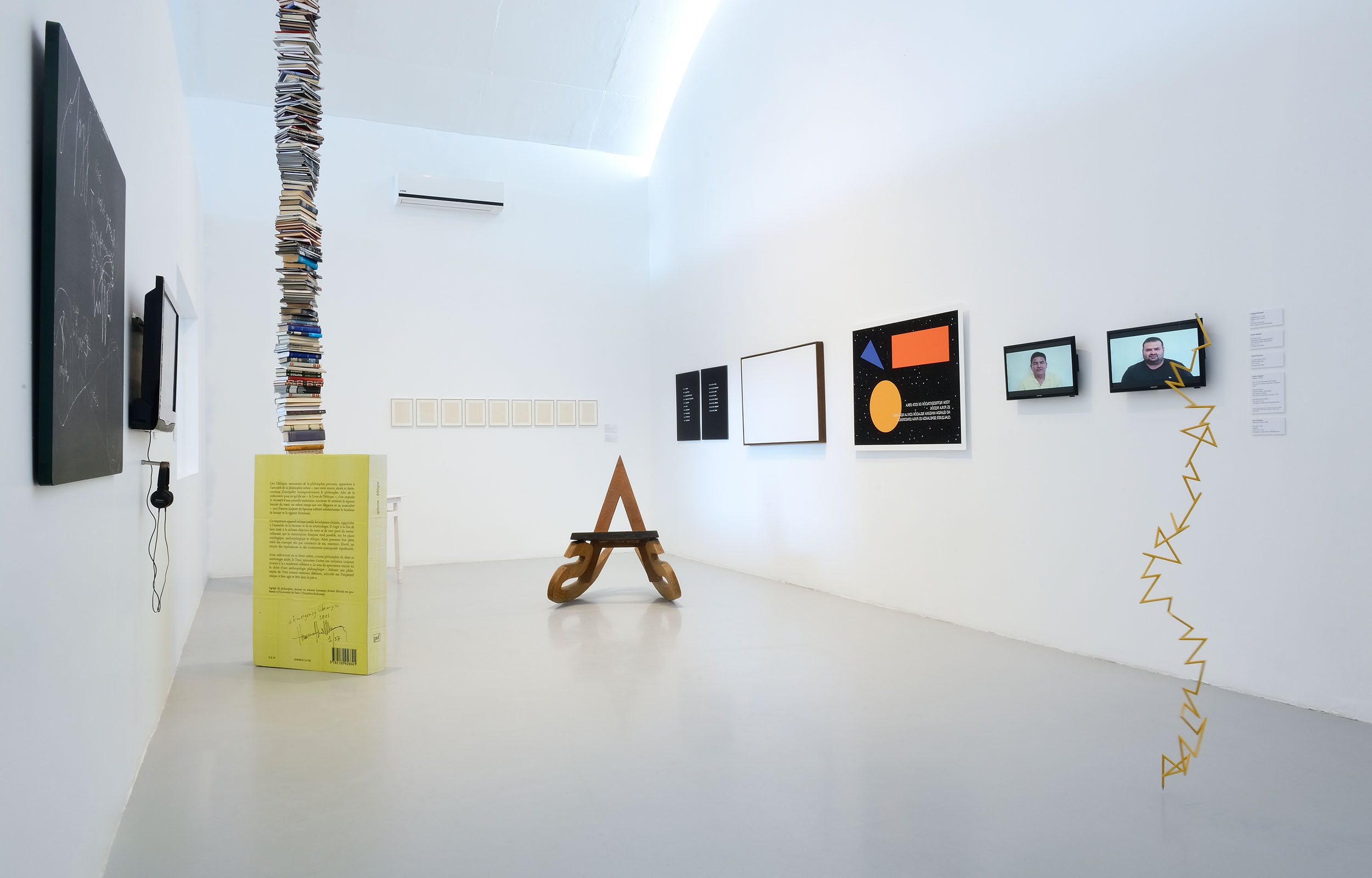
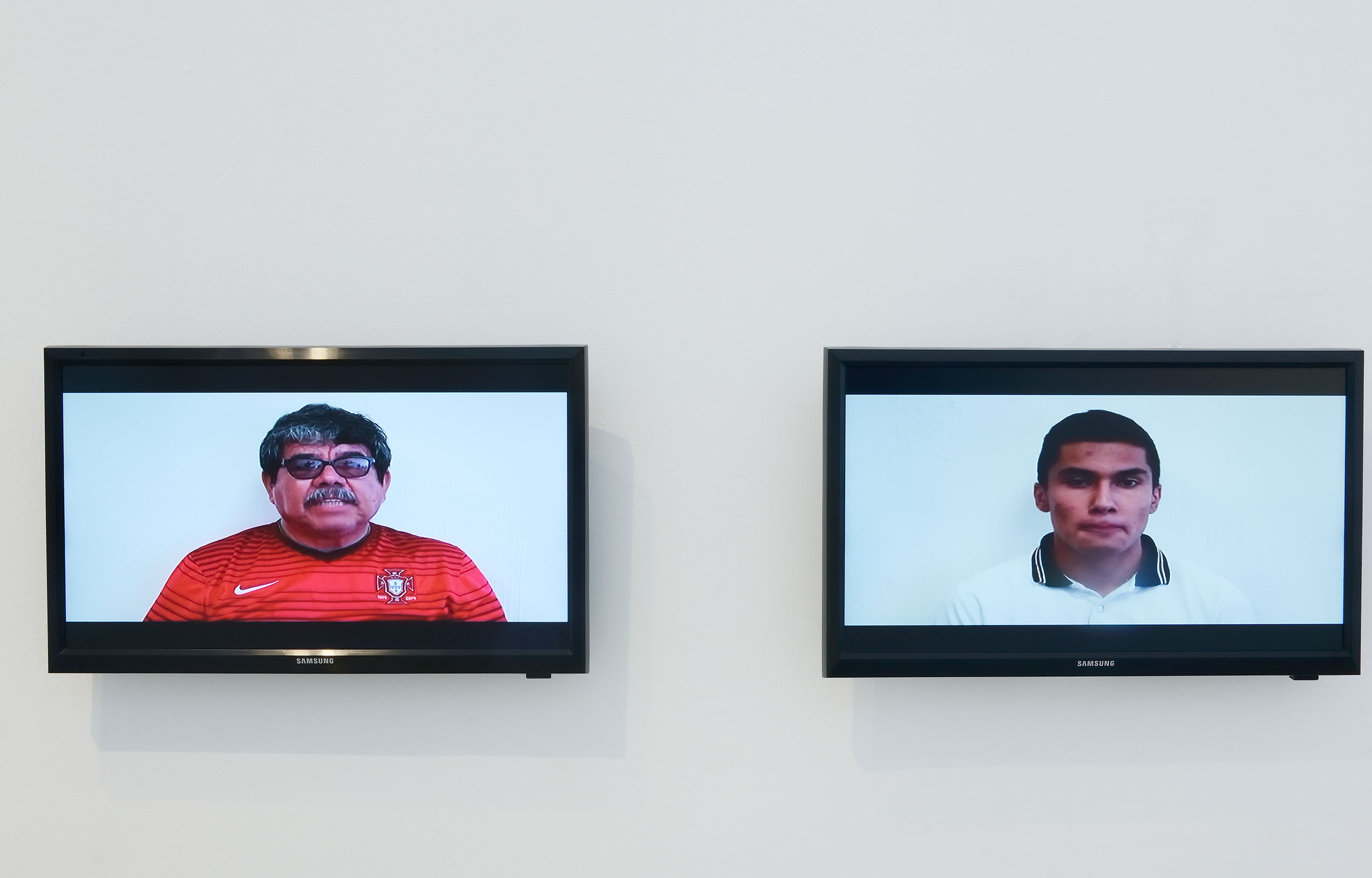
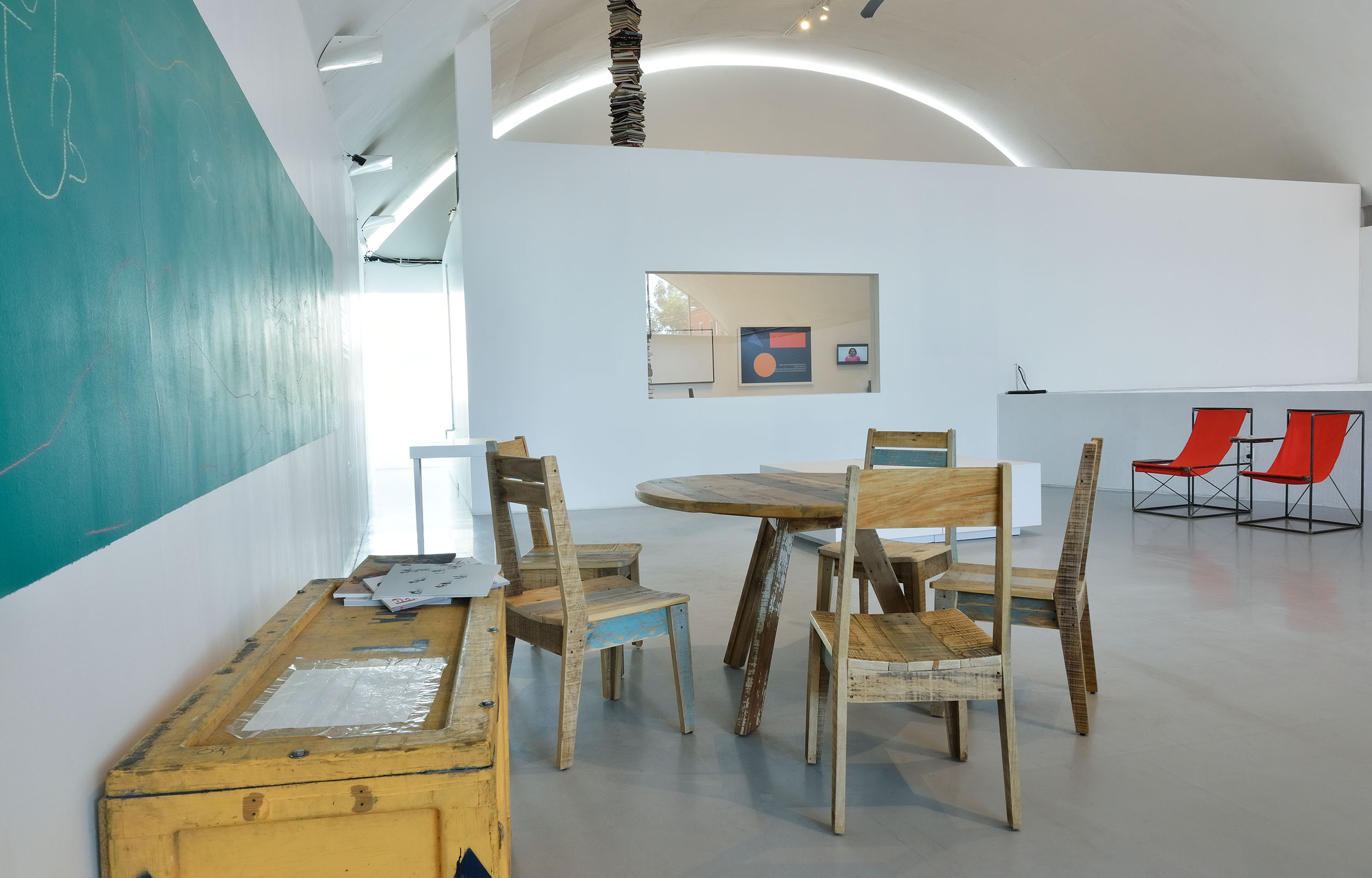
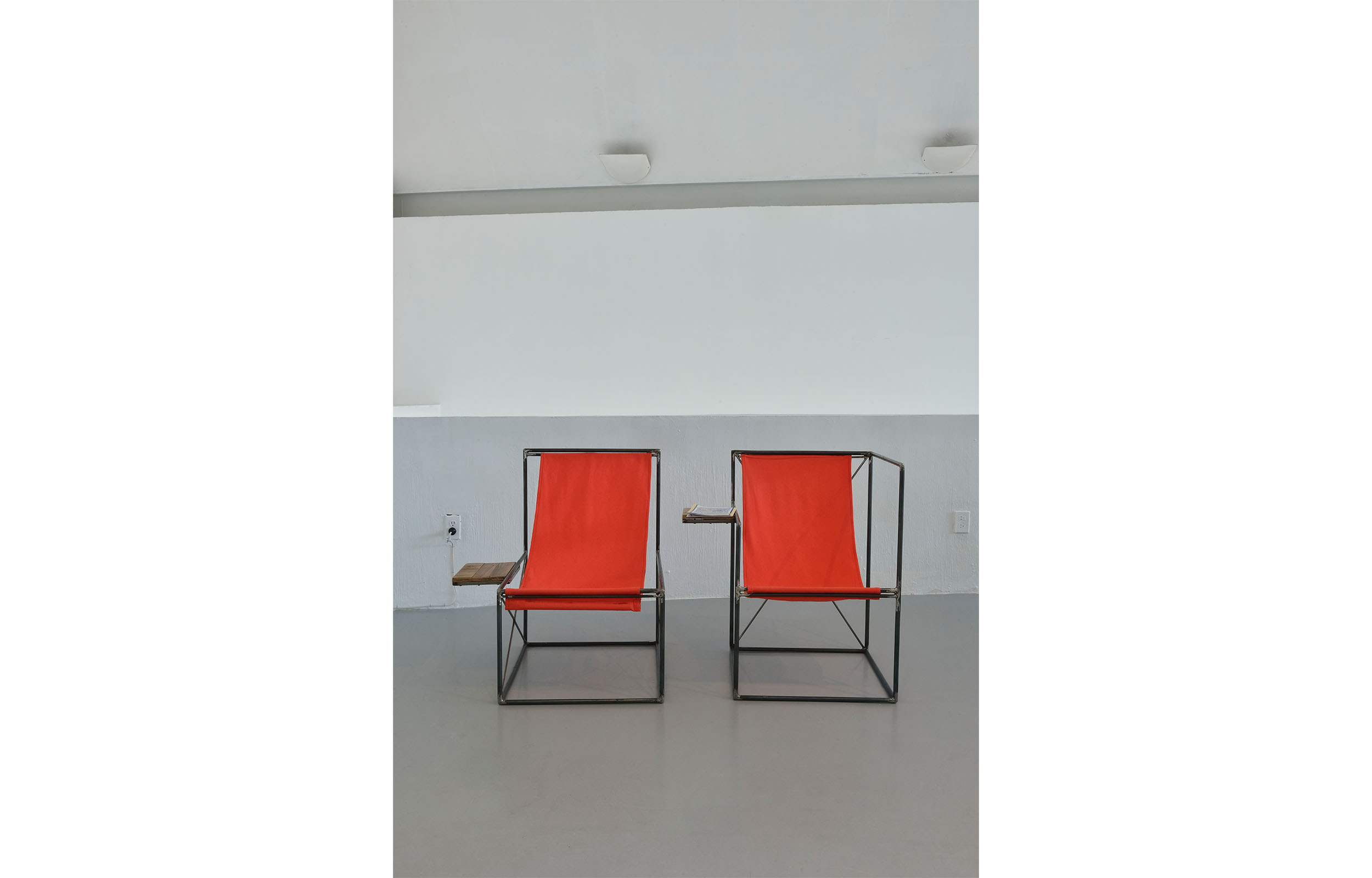
Open Studio #7: School of Commons
From May 13 to August 28, 2016
Appendix
Vito Acconci · Joseph Beuys · Ulises Carrión · Emilio Chapela · Tom Friedman · Thomas Hirschhorn · Humberto Vélez
Artists Professors
Adrián Guerrero · Florencia Guillén · Carlos Maldonado · Rubén Méndez · Aristeo Mora · Carlos Ranc · Claudia Rodríguez and guests
Project Room
In this seventh edition of the Estudio abierto program, models such as the Bauhaus or Black Mountain College served as an inspiration in imagining a learning space free of conventional classroom restraints and obligations, experimental in spirit, open to trial and error, and free of any obligations to meet quotas or achieve final results.
The main segment of School of Commons consisted of a learning center with a program of educational projects designed by artists who also happen to teach professionally. The guest teacher-artists were Adrián Guerrero, Florencia Guillén, Carlos Maldonado, Rubén Méndez, Aristeo Mora, Carlos Ranc, and Claudia Rodríguez, accompanied by other guests who were invited by the artists themselves to enrich the discussions.
In contrast to institutionalized education, no evaluation requirements were established and no credit given upon completion of the sessions. The
final aim was not to develop works or projects that could later be inserted into a commercial system, but to devise exercises that could expand individual learning possibilities.
In keeping with the principles formulated by Ivan Illich in Deschooling Society, and through the experimental projects of the teacher-artists, the space and the students opposed the segregation generating by “divid[ing] any society into two realms: [in which] some time spans and processes and treatments and professions are ‘academic’ or ‘pedagogic,’ and others are not.”
In spite of the obvious existence of recent projects in which educational practice constitutes the work of art itself, these do not fit into traditional exhibition and circulation formats. The Appendix of Estudio abierto 7 was made up of works that modify the written word and break with pre–established forms of knowledge,as well as works that manipulate the imagery of schooling. The Bibliographic Appendix, on the other
hand, offered a sampling of educational models which, if consulted and replicated in different ways, could give rise to new paradigms.
In contemporary society, where our right to make mistakes has been suppressed, individual worth is measured by external success, by public, socially-remunerative achievements. In School of Commons we wanted to vindicate our right to fail, to celebrate the potential of devising utopias and imagining other possible worlds.
